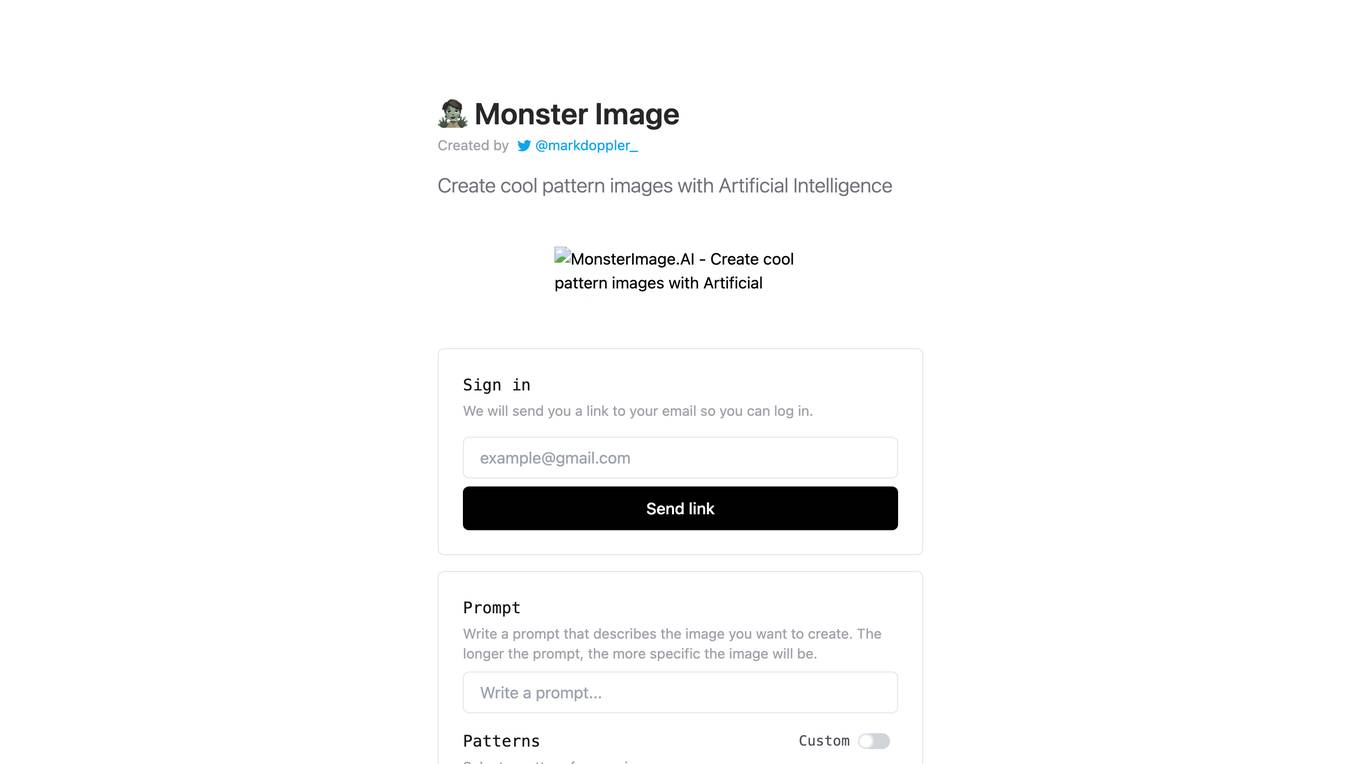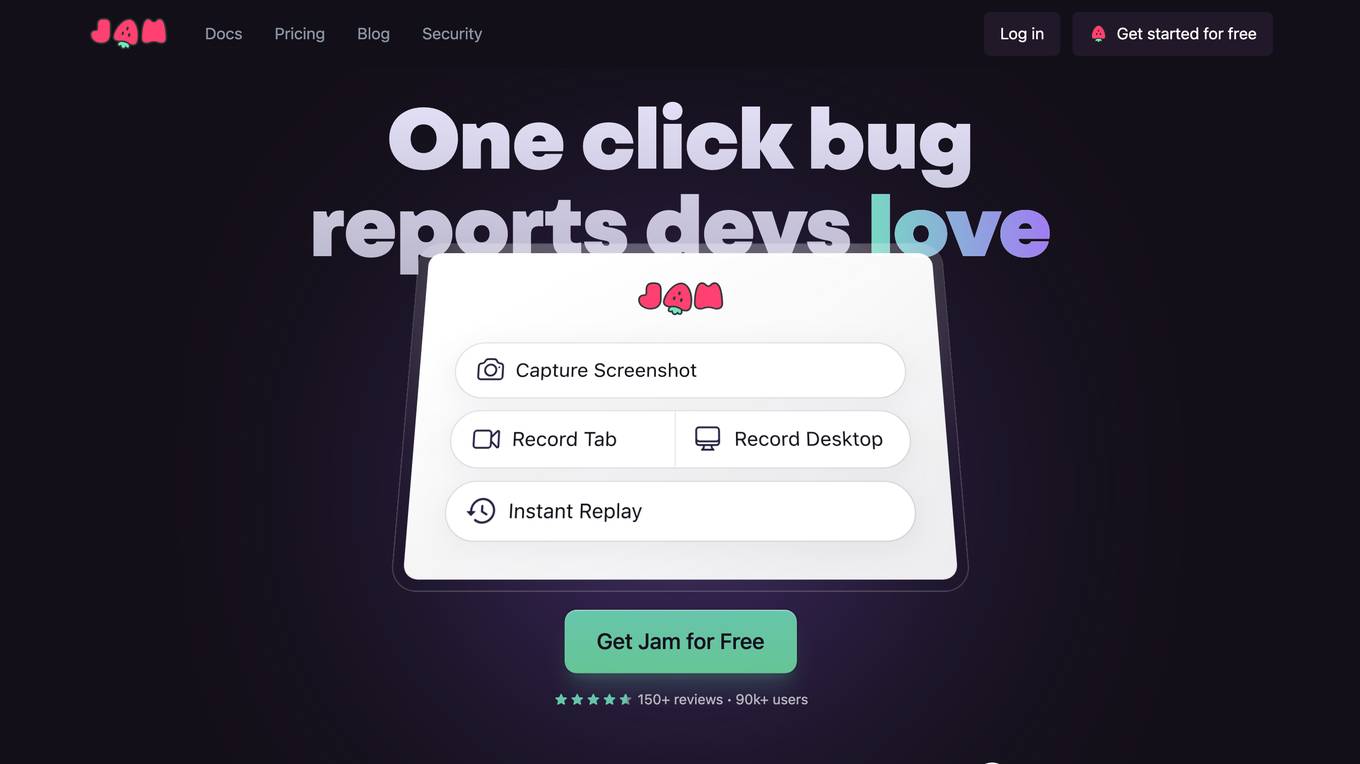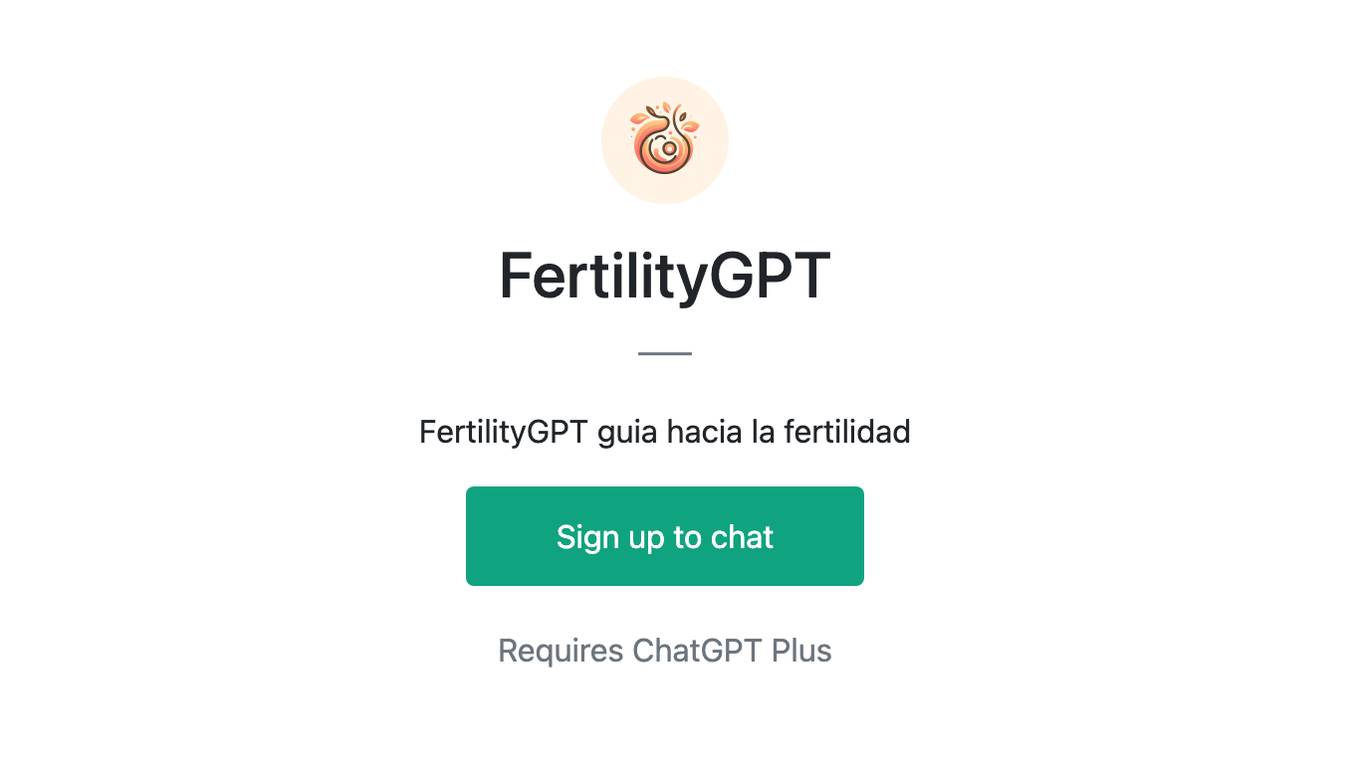Best AI tools for< Reproductive Health Researcher >
Infographic
5 - AI tool Sites

MIM Fertility
MIM Fertility is an AI-powered platform offering certified AI/ML solutions for fertility specialists. Their applications, EMBRYOAID® and FOLLISCAN®, assist in embryo assessment and ovarian follicular monitoring, respectively. The platform aims to deliver effective IVF care by automating imaging workflows and enhancing diagnostic accuracy through AI technology. MIM Fertility collaborates with top clinics and IVF equipment manufacturers to advance reproductive health through innovative technologies and groundbreaking research.

Cercle
Cercle is an AI platform that advances healthcare for women by transforming healthcare data into real-time, high-quality insights. The platform caters to women's healthcare providers, payors, and pharma companies, helping them run more efficient businesses and provide personalized care. Cercle's Biomedical Graph unlocks insights at unprecedented speed and accuracy, optimizing patient care and improving outcomes in areas such as assisted reproduction and fertility processes.

MonsterImage.AI
MonsterImage.AI is an AI-powered tool that allows users to create cool pattern images using Artificial Intelligence. Users can sign in to the platform and receive a link via email to log in. They can write a prompt to describe the image they want to create, select a pattern, specify negative prompts, use a seed for reproduction, adjust guidance scale, controlnet conditioning scale, and inference steps. The tool offers advanced options for creating images and allows users to save their creations in a public collection.

Jam
Jam is a bug-tracking tool that helps developers reproduce and debug issues quickly and easily. It automatically captures all the information engineers need to debug, including device and browser information, console logs, network logs, repro steps, and backend tracing. Jam also integrates with popular tools like GitHub, Jira, Linear, Slack, ClickUp, Asana, Sentry, Figma, Datadog, Gitlab, Notion, and Airtable. With Jam, developers can save time and effort by eliminating the need to write repro steps and manually collect information. Jam is used by over 90,000 developers and has received over 150 positive reviews.

Woy AI Tools
Woy AI Tools is a free AI voice cloning application that allows users to instantly clone voices with high similarity and realism. Users can upload a 10-second voice sample to generate and download cloned voices in multiple languages and accents. The tool ensures secure privacy and offers a simple interface for easy usage.
0 - Open Source Tools
3 - OpenAI Gpts

Compassionate Guide
A supportive and informative companion for women's reproductive health choices.

